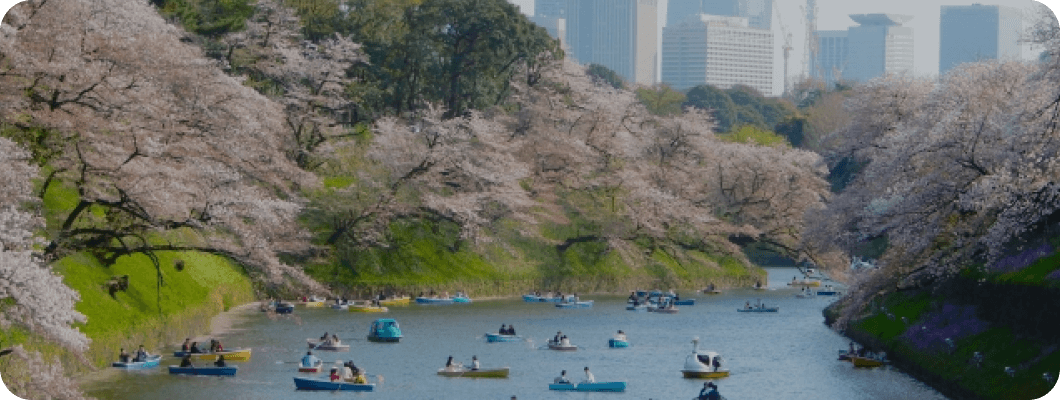
NEWS

Things that Foreigners Have Trouble with at Hospitals. Explanation of Japanese health insurance, medical expenses and the medical examination process ①
BLOG

Hello everyone!
We mentioned at the top of the list that one of the most difficult things for foreigners to deal with is hospital conditions.
This series is also long, but we think it is information you should know, so please bear with me.
■Japanese Medical Care System
The medical care system differs from country to country, so let me first briefly explain the Japanese medical care system.
In Japan, everyone is covered by public medical insurance. When you are sick or injured, you can basically be treated at any hospital or clinic without an appointment.
In principle, 30% of the cost of treatment is borne by the patient (public insurance covers the remaining 70%), but if the treatment is not covered by insurance, the full cost is borne by the patient.
The Japanese medical system will be explained in more detail later.
■Flow for a foreigner to receive medical treatment at a Japanese hospital
The general flow of a medical examination for a foreigner in Japan is as follows.
1.Fill out a medical application form.
2. Inform your insurance status
3.Show your ID card
4.Receive an advance explanation of payment
5. Be informed of the approximate amount of how much you will have to pay for medical care
6.Fill out the medical questionnaire
7.Receive a medical examination
8.Ask for a medical certificate if you need one.
9.Pay the medical fee and receive the prescription.
Now, we will explain each step in detail.
1. Fill out the medical application form
Medical communication is more difficult than in everyday conversation. If you are not comfortable with your Japanese, please ask the hospital or clinic you are planning to visit if they accept foreigners.
Can a non-Japanese person be seen at the hospital or clinic?
Do they have doctors and staff who can speak other languages than Japanese?
If you have a friend who can speak Japanese, it would be a good idea to ask them in advance. If you have a friend who speaks Japanese, you may ask them to help you in making inquiries or to accompany you to the hospital or clinic.
In order to facilitate medical treatment, hospitals and clinics will have an application form that you will be asked to fill out.
The application form includes personal information such as name, address, gender, age, and contact information (telephone number),
Is this your first visit to this hospital?
Do you have a letter of introduction?
Do you have an appointment?
Medical insurance status
What physical condition(s) are you concerned about (reason(s) for seeking medical care)?
What language(s) do you speak other than your native language?
Do you need an interpreter?
What special consideration do you need for religious reasons?
You will need to answer questions related to your medical treatment, such as the following.
The information you provide here will be used to guide your medical treatment, so please answer honestly.
2. Inform us of your insurance status
Let the hospital know if you have Japanese public medical insurance. If you have insurance, the hospital will pay 30% of the treatment cost. If you have Japanese public medical insurance but have forgotten your insurance card, you will have to pay the full amount, and the difference will be refunded to you at a later date upon presentation of your insurance card.
Please note that even if you have public medical insurance in your own country or private insurance overseas, you will be responsible for the full amount. Even if you are covered by private insurance, you will need to pay the full amount of the medical expenses incurred in Japan and file a claim with your insurance company at a later date.
3. Show your identification
Show your passport or resident card (held only by foreigners who have been in Japan for more than three months). If you do not have either, show something that confirms your name and face (such as an ID card from your home country).
4. Receive an advance explanation of payment
The flow of outpatient and inpatient procedures and medical treatment methods may differ between Japan and other countries. Payment of medical fees is a typical example of this, so be sure to carefully confirm the flow from medical treatment in Japan to payment of medical fees.
I will continue to tell you about this next week.
Please use this as a saved version for your home.
Please look forward to the next issue!
instagram
realestatejapan
PDF file









